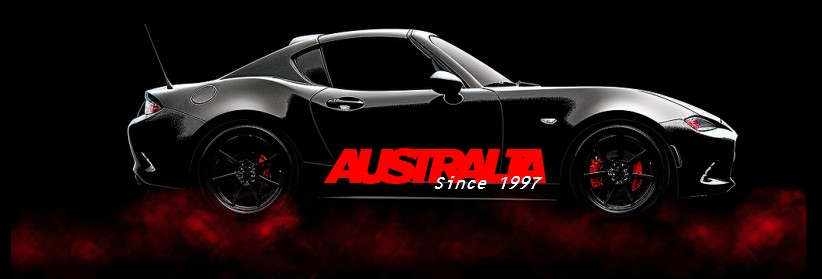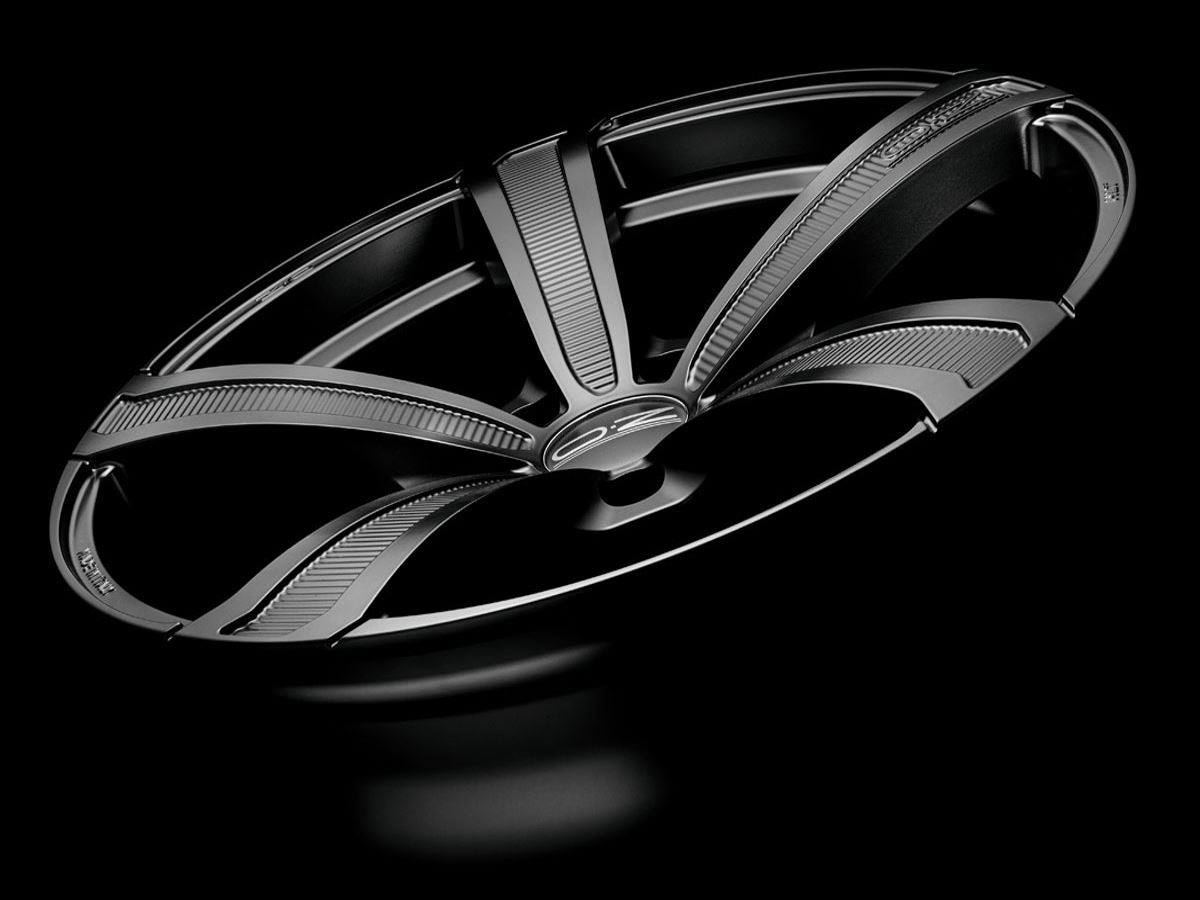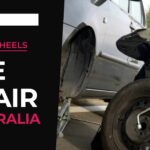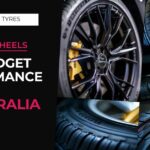I recently spent 3 weeks driving around France on an Australian licence, and was surprised to encounter other Aussies. France is an amazing country to visit, and being larger and more spread out than you may think, it is a great country for a driving holiday.
I had no issues driving in France with my Australian licence, but there were definitely other gotchas to consider. It is recommended you apply for an International Driving Permit (IDP) before you arrive in France, and this official document will very likely be required if you plan to hire a car.
You will also need a few other things, and you will benefit from my expert knowledge, so let’s cover all you need to know about driving in France on your Australian licence:
Getting an International Driving Permit (IDP)
You can get an IDP in Australia, and this serves to translate your Australian driving licence into various languages, including French, which makes it easier for local authorities to understand your driving licence particulars.
Please note an IDP is not a standalone document, and you must carry your official Australian driving licence with you at all times while driving in France.
Getting an IDP is easy, although it is recommended you apply in good time before you depart for France. The permit will cost $49 (at the time of writing) which includes postage within Australia. Permits are usually despatched within 3 business days to Australian metropolitan areas, and slightly longer to rural areas.
You can apply for an IDP through the Australian Automobile Association (AAA) or any affiliated organisation.
Start here: International Driving Permits (IDPs) – Australian Automobile Association (AAA)
IDPs are recognised in 98% of countries worldwide, and given it can be illegal to drive in a country without one, they are worth getting. An IDP will last 12 months from date of issue, and during that time they can also be used for photographic ID.
If you leave for France imminently, another option is to visit a branch of NRMA who can issue you an IDP on the spot. You can find your nearest NRMA branch here.
What you need to apply for an International Driving Permit (IDP)
You will need the following to apply for an International Driving Permit (IDP):
- A recent passport style photo – Make sure you adhere to regular passport photo requirements to prevent your photo being rejected.
- Your drivers licence photo card – This must be valid and not near to expiry.
- Credit card for payment.
Clean Air Sticker (Crit’Air vignette)
If you will be renting a car you can skip this requirement as a rental car will already have a Crit’Air vignette.
However, if you plan to buy a vehicle in France, or bring into France from the UK or other European nations, then you should apply for a clean air sticker. If you aren’t planning to visit larger cities, particularly Paris, but also smaller cities such as Saint Étienne, you will not need a clean air sticker, but if you want to be safe – pay a few bucks and apply for one. At the time of writing, a clean air sticker will cost around $7.
What is a Clean Air Sticker?
Many European countries now restrict dirty old plant-killing vehicles in densely populated urban areas, with France being no exception. The clean air sticker, known as the Crit’Air vignette to the French, is a disc-shaped sticker which displays your vehicle’s emissions level.
The clean air sticker is colour-coded to reflect how environmentally friendly, or unfriendly, your car is. They range from green for the cleanest vehicles to dark gray for the most polluting ones, namely inefficient diesels, large vehicles, or older vehicles.
Where will you need a Clean Air Sticker?
When driving in restricted zones, known as Low Emission Zones (ZCR) or Air Quality Control Zones (ZPA), you must have the appropriate Crit’Air sticker displayed on your vehicle’s windshield. If you haven’t got a sticker, or your car is not permitted, you risk getting a fine.
These zones and corresponding restrictions change regularly, and will become stricter in coming years.
As of 2023, the following locations will require a clean air sticker:
- Aix-Marseille-Provence region
- Bordeaux (from 2024)
- Clermont-Ferrand
- Grenoble
- Lyon
- Marseille
- Montpellier
- Paris
- Reims
- Rouen
- Saint Etienne
- Strasbourg
- Toulouse
Please do not take this as a conclusive list. It is subject to change.
The clean air sticker helps authorities enforce regulations put in place to reduce air pollution, and regardless of whether you personally want to save the planet or not, you should comply with the authorities and restrictions in place in these areas of France.
During my 3 weeks in France I was spent 2 days within cities which required a clean air sticker, so if you don’t plan to visit cities it is very easy to avoid the need for one.
Make sure you check whether you need one for your specific destination and order it in advance to comply with local environmental requirements.
Road tolls
The French have a very effective method to maintain and improve both local road networks and freeways (known as autoroutes in France) – toll roads.
Known as “péages”, you will find many of the faster routes through France to incur a toll, and these can quickly rack up and eat into your escargot and wine budget. A 3 hour trip along toll roads can cost around €30 (around $50 AUD in 2023).
Most of the time, with the help of Google Maps, you will find more scenic routes will take only a little bit longer, for free. The toll roads are fantastic to drive on, with limited traffic, and will get you from A to B quickly.
When using toll roads, which is sometimes inevitable, you will find most cars to be British, Dutch, or German. Most French use local roads, which means tourists contribute significant amounts to improve the road infrastructure in France. Genius.
Rest stops and eateries tend to be high quality. It has to be said a lot of driving I did through more rural areas of France were fairly devoid of anywhere to eat, or anywhere to get coffee. Nothing seemed to be open before midday expect patisseries (from pain-aux-chocolat), with the only food available being pizza, from no end of pizza vending machines in every town or village.
What you must carry in your car while driving in France
When driving in France there are several essential items you must carry in your car.
Your easiest option is to purchase a kit at an automotive store, and if your car was purchased in a different country you must also identify this with a sticker (such as a UK sticker for a car purchased in the UK) or an appropriate flag on the registration plate.
Make sure you carry all the below items in your car while driving in France:
- Driving licence
- International Driving Permit (IDP)
- Clean Air Sticker (Crit’Air vignette)
- Vehicle registration documents
- Proof of insurance
- Passport
- A reflective safety vest for each passenger
- Warning triangle
- First aid kit
- Spare bulbs (recommended)
- Breathalyser kit (recommended, especially near Cognac, Bordeaux, or the Champagne region)* – this requirement isn’t enforced.
- Headlamp beam deflectors – Required if your vehicle is right-hand drive.
* Note: Those areas are tongue in cheek, and you should carry a breathalyser kit wherever you are in France.
Crossing borders
During my 3 weeks in France I also passed through four other countries – Switzerland (who have their own toll system), Germany, Luxembourg, and Belgium. Although we had no issues crossing borders in our vehicle (purchased in the UK), it is important to keep in mind this is a likelihood while driving in France.
Some borders have guards who may or may not check your vehicle. Other borders, such as those on a freeway between France and Belgium, are barely noticable.
Having crossed multiple borders on our trip, we only had our car checked once. This included a scan for drugs, which was when I realised the person I bought the car from may have been a drug smuggler. Thankfully this wasn’t the case, but keep this in mind if you buy a vehicle from a stoned backpacker.
Final thoughts about Driving in France with an Australian licence
France is a beautiful country. Amazing really.
I was very surprised once I crossed the border into a much busier Switzerland (at Lake Geneva) how much I preferred driving in France. It proved much easier to camp in France, and driving was more relaxed and much less stressful than other European countries or the UK.
Driving in France, with an Australian licence, IDP, and Clean Air Sticker, is a trip I recommend you take!
Have you driven in France as an Australian? Tell us about your trip in the comments!








4 responses to “Driving in France with an Australian licence”
The tollways are great, BUT, when we used them some time ago you needed cash. Hopefully that has changed. We ended up backing out of the entry to the freeway so we could obtain some cash from an atm, and then get some change. Pretty funny in retrospect.
I’m sure the French have a term for crazy foreign drivers reversing on freeways 😉
Thankfully these days all tolls take card (the cash tolls are cash/cards/télépéage)
I’m French and I’ve got a Australia License P1 , I’m going back for good in my country , can use my Australian license and what have to do if not
Hey Thomas, I believe you can use an Australian driving licence in France for 1 year.
After that you would need to apply for a French licence – should be fairly straight forward if you are French.